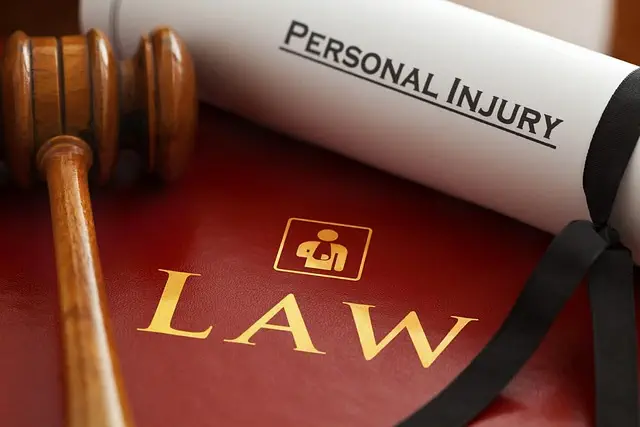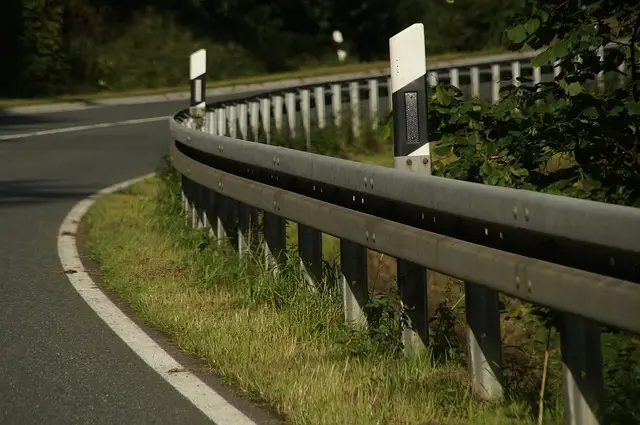In today's digital era, ridesharing services are ubiquitous urban transport. However, increased app usage raises concerns about passenger safety during trips. Both drivers and companies face legal responsibilities, with strict regulations in place to ensure accountability for accidents. Understanding state laws and company policies empowers passengers to assert their rights, file claims against involved parties, and make safer choices. Navigating bus accident claims in Brooklyn requires strategic steps like securing medical attention, gathering evidence, and documenting interactions with insurers. Rideshare Safety Litigation is crucial for holding companies accountable, improving safety standards, and enhancing driver screening through legal action and compensation for victims.
“In the dynamic urban landscape of Brooklyn, bus accidents can have severe consequences. This article explores your legal options as a passenger or victim. We delve into ‘Rideshare Safety’ and the responsibilities that come with shared mobility services. Additionally, we provide a comprehensive guide for navigating bus accident claims, ensuring you understand your rights. ‘Rideshare Safety Litigation’ plays a crucial role in holding companies accountable. By understanding the legal process, you can advocate for justice and safety improvements.”
- Understanding Rideshare Safety and Legal Responsibilities
- Navigating Bus Accident Claims in Brooklyn: A Step-by-Step Guide
- The Role of Litigation in Ensuring Rideshare Safety and Accountability
Understanding Rideshare Safety and Legal Responsibilities

In today’s digital era, ridesharing services have become a ubiquitous part of urban transportation. However, as the use of apps like Uber and Lyft increases, so do concerns about Rideshare Safety Litigation. It’s crucial to understand that while these platforms offer convenience, they also introduce unique legal responsibilities for both drivers and companies. Ensuring passenger safety is paramount, with strict regulations in place to hold rideshare operators accountable for any negligence or accidents that may occur during a trip.
Understanding the legal implications of Rideshare Safety Litigation involves grasping the complex interplay between state laws and company policies. Passengers who suffer injuries in accidents involving rideshare vehicles have specific rights and recourse. This includes the ability to file claims against the driver, the rideshare company, or both, depending on the circumstances. By staying informed about these dynamics, users can make more educated decisions when choosing transportation options and take proactive steps to protect their legal interests in case of an unfortunate event.
Navigating Bus Accident Claims in Brooklyn: A Step-by-Step Guide

Navigating Bus Accident Claims in Brooklyn involves a systematic approach, especially considering the complexities of rideshare safety litigation. The first step is to ensure immediate medical attention for any injuries sustained, as documentation of these injuries is crucial for your claim. This includes visiting emergency services or a nearby hospital for treatment and gathering all necessary medical records.
Subsequently, gather evidence at the scene, such as taking photos of the accident location, bus damage, and any visible injuries. Contacting witnesses to provide statements can also be beneficial. Next, identify the responsible party, whether it’s the bus company, driver, or a third entity. In Brooklyn, understanding your rights under local transportation laws and insurance regulations is essential. Document all interactions with insurance companies, keep records of expenses related to the accident, and consult with an experienced rideshare safety litigation lawyer for personalized guidance tailored to Brooklyn’s legal landscape.
The Role of Litigation in Ensuring Rideshare Safety and Accountability

Rideshare safety litigation plays a pivotal role in ensuring accountability and fostering improvements in the transportation industry. When a bus accident occurs involving a rideshare company, legal action can bring much-needed attention to potential safety hazards and negligence. Through careful investigation and expert analysis, attorneys specializing in this field can uncover lapses in training, maintenance, or driver compliance with safety protocols. By holding these companies accountable through litigation, it becomes possible to secure compensation for victims while also driving meaningful changes in their operations.
Such legal processes encourage rideshare providers to implement stricter safety measures, regularly update their fleet, and enhance driver screening procedures. This proactive approach not only protects future passengers but also serves as a deterrent to companies that might otherwise cut corners on safety. Ultimately, litigation contributes to the overall advancement of rideshare safety standards, making our roads safer for everyone.
In light of the above discussions on rideshare safety, legal responsibilities, and the role of litigation, it’s clear that enhancing rideshare safety involves a multi-faceted approach. By understanding the dynamics of bus accidents in Brooklyn and navigating the claims process effectively, we can foster greater accountability through litigation. This, in turn, ensures that riders receive fair compensation for their injuries while encouraging continuous improvement in rideshare safety standards. Rideshare safety litigation plays a crucial role in shaping a safer transportation landscape, empowering individuals to take action after an accident and promoting positive change for the future.
